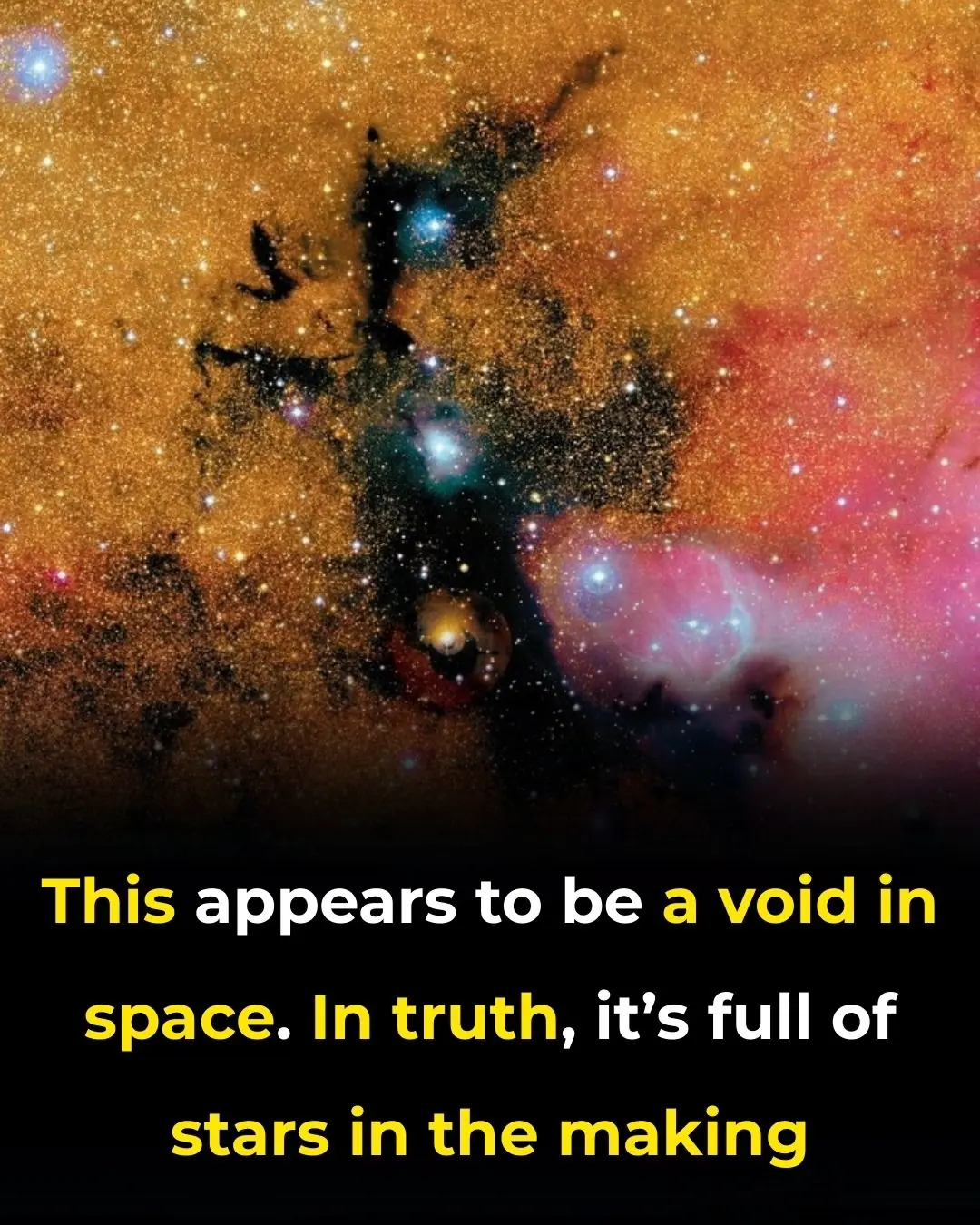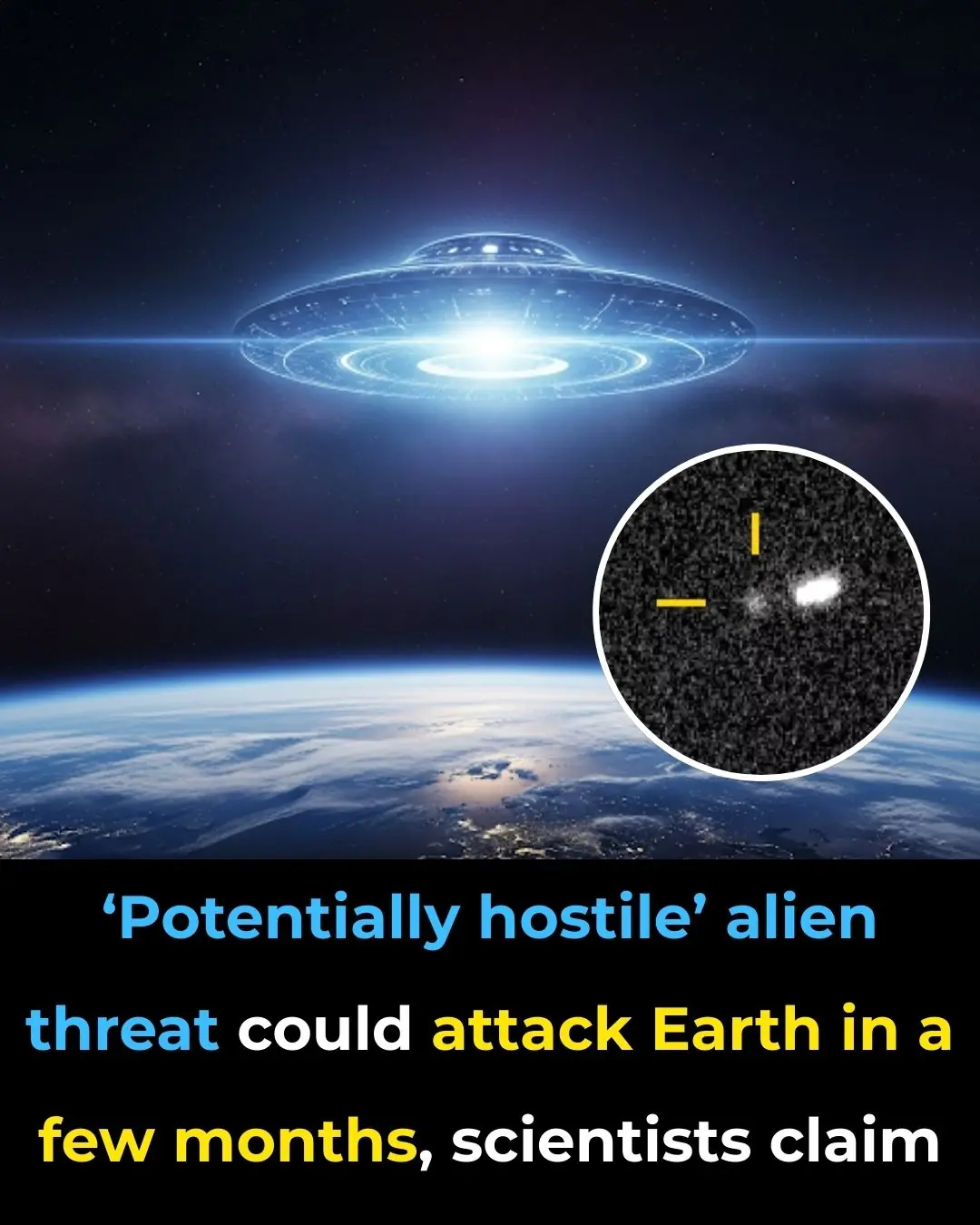
NASA issues major update on 'not natural' space object aiming at Earth that could be 'dire for humanity'

NASA has recently released a concerning update about an object racing towards Earth at high speed. This object, identified as 3I/ATLAS, has been observed through the Hubble Space Telescope, capturing the clearest images ever taken of this mysterious "interstellar object" as it continues its journey into the inner solar system.
First discovered on July 1, 3I/ATLAS was initially found to be 420 million miles from the Sun. Since then, scientists have tracked its unprecedented speed of 130,000 miles per hour (209,000 km/h), making it the fastest interstellar object ever detected by astronomers.
Originally, researchers at the Vera C. Rubin Observatory estimated the object’s size to be roughly seven miles wide. However, new data has led to a revision in its size, suggesting that it could be as small as 1,000 feet (320 meters) across, or as large as 3.5 miles (5.6 kilometers). Despite this recalculation, 3I/ATLAS still holds the title of the largest interstellar object ever discovered, potentially up to 14 times larger than the next biggest known visitor from another star system.
In a surprising turn, Harvard physicist Avi Loeb has raised suspicions that 3I/ATLAS might not be a natural object at all. In a recent blog post on Medium, Loeb proposed that the object could potentially be an alien spacecraft, even suggesting that it might reach Earth "by Christmas."
A study published by Harvard University scientists in July 2025 has fueled these concerns further. The study concludes with a sobering analysis of the object’s potential collision implications, stating that "the consequences, should the hypothesis turn out to be correct, could potentially be dire for humanity, and would possibly require defensive measures to be undertaken," though these measures might "prove futile." The study, titled Is the Interstellar Object 3I/ATLAS Alien Technology?, examines the movement patterns of the object and speculates that it could be "technological, and possibly hostile."
Despite the alarm raised by some, the true origins of the comet remain a subject of uncertainty among NASA experts. Dr. David Jewitt, the Science team leader for the Hubble observations at the University of California, explained, “No one knows where the comet came from. It's like glimpsing a rifle bullet for a thousandth of a second. You can't project that back with any accuracy to figure out where it started on its path."
The object’s extreme velocity relative to the Sun suggests it has been traveling through the cosmos for billions of years. As it passed through stars, planets, and nebulae, gravitational interactions accelerated it further via the "slingshot effect." This process is what explains 3I/ATLAS’s record-breaking speed, as the longer an object drifts through space, the faster it becomes.
As of now, the astronomical community will have to wait for more data, with November or early December being crucial periods for further observations. The study concludes by stating, "By far the most likely outcome will be that 3I/ATLAS is a completely natural interstellar object, probably a comet, and the authors await the astronomical data to support this likely origin."
While the idea of a potentially hostile or artificial origin raises many questions, it’s still too early to draw definitive conclusions. However, 3I/ATLAS's passage through our solar system continues to capture the attention of scientists worldwide.
News in the same category


How To Properly Dispose of Ticks

Why Do You Keep Waking Up Between 3 and 5 A.M.? Causes, Explanations, and What It Means for Your Health

Deadly Secrets of Ticks: How to Remove and Dispose of Them Safely Before They Harm You
Ticks may be small, but their impact on human and pet health can be enormous.

Frankenstein Rabbits With Tentacle-Like Horns Spark Invasion As Rare Virus Causes Monstrous Mutations
Although they may look frightening or pitiful, they remain a natural example of how viruses can drastically alter an animal’s appearance.

Only the Sharpest Eyes Can Find All 6 Hidden Words in This Living Room Challenge
If you love solving puzzles and challenges, this viral hidden words image is just for you!

The Hidden Purpose of That Tiny Hole in a Safety Pin Will Surprise You
That tiny hole in a safety pin isn’t just decoration - it’s proof that even the simplest everyday tools can hide smart design secrets.

This Appears to Be a Void in Space. In Truth, It’s Full of Stars in the Making

Potentially hostile’ alien threat could attack Earth in a few months, scientists claim

What’s the Purpose of That Tiny Hole in a Safety Pin

Dogs Start Howling In The Middle of the Night

82-Year-Old Woman Reverses Dementia Symptoms with Mediterranean Diet

UK Mom’s Faceplant at Sports Day Goes Viral Online

Woman Declared Dead for 8 Minutes - What She Saw Will Change Everything You Believe About Life and Death
A 33-year-old woman from Colorado was clinically d:ead for eight minutes—yet she insists she never lost awareness and discovered that death is only an illusion. Her extraordinary account challenges science, spirituality, and everything we think we know

What would actually happen if Earth lost oxygen as NASA reveals we're already 'running out'

The Mysterious Spiritual Meaning Of Black Butterflies Entering Your Home
Black butterflies carry meanings that are as mysterious as they are beautiful.

Fatty Liver: Causes, Symptoms, Treatment & Home Remedies

What Are Sebaceous Filaments and Why Are They on Your Face?

This is what sleeping on the left side does for our brain, stomach & glymphatic health
News Post

If Your Feet Swell It Is a Clear Sign

What Your Feet Are Telling You

6 Health Benefits of Sleeping In a Cold Room and How to Make it Cooler- And Why You May Not Want to Use a Fan

The Hidden Meaning Behind Leg-crossing — It’s More Than Just Comfort

10 Symptoms of Diabetes That May Show Up In Your Feet

How To Properly Dispose of Ticks

This is what sleeping on the left side does for our brain, stomach & glymphatic health

12 Best Foods To Support Digestive and Gut Health

Study suggests anal cancer is on the rise and reveals who’s most at risk

Wife Complains of a Headache, Sleeps, and Dies Without Husband Knowing: This Type of Headache Requires Immediate Hospitalization!

Why Do You Keep Waking Up Between 3 and 5 A.M.? Causes, Explanations, and What It Means for Your Health

Deadly Secrets of Ticks: How to Remove and Dispose of Them Safely Before They Harm You
Ticks may be small, but their impact on human and pet health can be enormous.

Frankenstein Rabbits With Tentacle-Like Horns Spark Invasion As Rare Virus Causes Monstrous Mutations
Although they may look frightening or pitiful, they remain a natural example of how viruses can drastically alter an animal’s appearance.

Only the Sharpest Eyes Can Find All 6 Hidden Words in This Living Room Challenge
If you love solving puzzles and challenges, this viral hidden words image is just for you!

Shocking Effects of Sleeping Less Than 7 Hours — What Really Happens to Your Body
Getting less than seven hours of sleep might feel harmless, but science shows it can quietly damage your body in ways you don’t expect. From hormonal imbalances to skin problems and even digestive issues, sleep deprivation affects far more than just you

The Hidden Purpose of That Tiny Hole in a Safety Pin Will Surprise You
That tiny hole in a safety pin isn’t just decoration - it’s proof that even the simplest everyday tools can hide smart design secrets.

Doctors Explain Why You Should Never Hold Back a Fart
On average, every person passes gas 14 to 23 times per day—it’s a natural part of being human and actually shows that your digestive system is functioning properly.

This Appears to Be a Void in Space. In Truth, It’s Full of Stars in the Making

Potentially hostile’ alien threat could attack Earth in a few months, scientists claim
